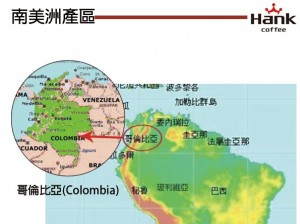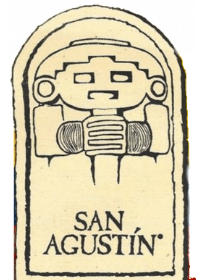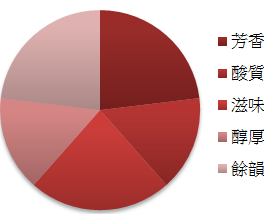Coffee roasted Colombian Orange River boutique coffee
Huila Ulla province is located in western Colombia. Coffee grows on the slopes of the canyons formed by the western seaside mountains and the eastern mountains. This area has always been a big barn for good coffee production in Colombia. The town of St. Augustine (San Augustin) has the best output value because of the Los Nalanghos River (Los Naranjos Orange River). The scenic lavender in this area is home to butterflies and wind birds. It is also an ancient and special mysterious place with giant carvings of Stone Forest in Colombia, where people live to protect the land from destruction.
It is also one of the most natural and sacred coffee producing areas in Colombia.

Producing area: San Augstin, St. Augustine Town, Huiia/, Columbia / Uula Province
Altitude: 1350-1900 m
Treatment: water washing (washed)
Variety: Kaddura Caturra, Tibica Typica, bourbon Bourbon, Castillo Castillo
Flavor: sugarcane and vanilla cream aromas with bright orange peel, sweet fruit, caramel and drupe flavors, smooth texture and creamy mellow. Make a full-bodied cup of coffee.
Naranjos means orange in Spanish
Therefore, the joint output batch of small farmers in this area is named Orange River. The hillsides on both sides of the river bank are made up of local coffee farmers. This area is located in a canyon where the Columbia Mountains meet the seaside mountains in the west and the mountains in the east. Ancient residents lived here and left behind many giant stone carvings. Locals believe that the great natural forces of forests will protect the land from bad weather, giving them a peaceful and peaceful home. In 2001, local coffee farmers gathered to improve their production management skills in order to enter the boutique coffee market.
They set up an organization called La Asociacion Los Naranjos de San Augustin. Now it has grown to the size of 50 members, with a total area of 150 hectares of coffee, with an average area of 2.8 hectares per smallholder farm. It produces about 1500 to 2000 kilograms per hectare in the main season, while it also produces about 1 kg per hectare in the byproduct season (Fly Crop, the secondary harvest period).


Due to Los Naranjos in the by-product season
The independent output of each small farmer is less than the price required for a micro batch, so the output of small farmers with similar flavor in the cup is assembled and mixed into a batch to sell. What's more, it stood out among the 100 coffee samples in the annual meeting of SCAA American Fine Coffee Association in 2009 and won the annual championship (SCAA COTY Winner).
St. Augustine is a legendary, mysterious and beautiful Shangri-La. Because coffee farmers want to protect the environment and produce in small quantities, which is not greedy or forced to coexist with the earth, it has achieved excellent conditions for the growth of coffee. The sweetness of honey maple syrup is the intoxicating taste of this batch of coffee.
Important Notice :
前街咖啡 FrontStreet Coffee has moved to new addredd:
FrontStreet Coffee Address: 315,Donghua East Road,GuangZhou
Tel:020 38364473
- Prev

Coffee roaster principle of coffee bean roaster
Baking is an esoteric science. To understand the principle of baking, we must first understand the three ways of heat conduction, convection and radiation. Conduction refers to when the heat is transmitted by the heat source, causing the surrounding molecules to vibrate and release heat, gradually moving from the high temperature to the low temperature. The conduction of stainless steel has the phenomenon of uneven heating, which can easily lead to colder and hotter parts of the pot.
- Next

Coffee roasting boutique coffee roasting
American Coffee Association (SCAA) roasting standard this standard uses infrared caramelization tester technology (Agtron) to measure the color of coffee beans to determine the roasting degree of coffee, and the color is divided into eight equal parts into eight standard color blocks for coffee industry as roasting identification. According to the roasting degree preferred by various countries, this is also the earliest distinction of coffee roasting degree, because
Related
- Beginners will see the "Coffee pull flower" guide!
- What is the difference between ice blog purified milk and ordinary milk coffee?
- Why is the Philippines the largest producer of crops in Liberia?
- For coffee extraction, should the fine powder be retained?
- How does extracted espresso fill pressed powder? How much strength does it take to press the powder?
- How to make jasmine cold extract coffee? Is the jasmine + latte good?
- Will this little toy really make the coffee taste better? How does Lily Drip affect coffee extraction?
- Will the action of slapping the filter cup also affect coffee extraction?
- What's the difference between powder-to-water ratio and powder-to-liquid ratio?
- What is the Ethiopian local species? What does it have to do with Heirloom native species?

